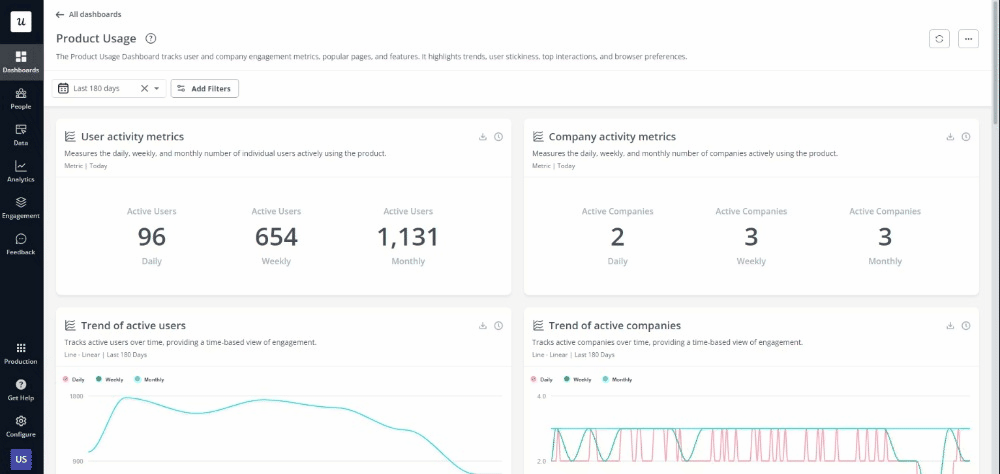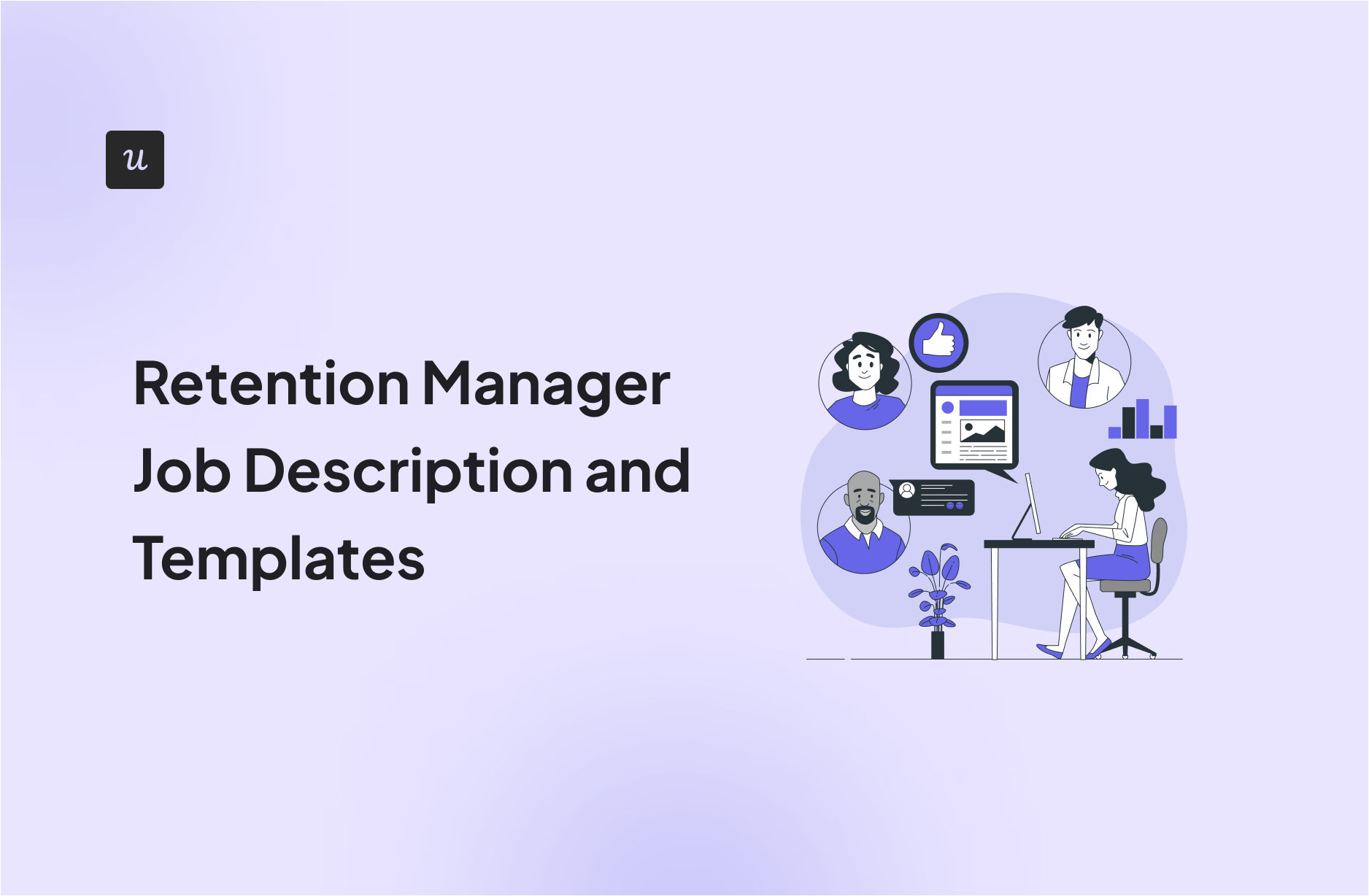
Try Userpilot Now
See Why 1,000+ Teams Choose Userpilot

Retention manager job description – quick summary
- This is a business professional who focuses on keeping existing clients happy and doing business with the company. They develop strategies to reduce customer churn (the rate at which customers stop using a service) and increase customer loyalty.
- A retention manager, specifically a customer retention manager, tackles tasks centered around keeping clients happy and preventing them from churning or discontinuing service. Their day-to-day involves a mix of strategy, analysis, and customer interaction.
-
A retention manager job description outlines the key responsibilities, must-have skills, and qualifications needed to drive customer loyalty and reduce churn through strategic analysis and proactive engagement.
-
It can additionally include a list of preferred skills, experience, and certifications. The specific requirements for this role will vary depending on the company size, industry, and the customer lifecycle stage.
-
For instance, a company with a high-touch customer base might require a retention manager with strong interpersonal skills and experience in building personalized relationships.
-
On the other hand, a company with a self-serve model might prioritize a retention manager with expertise in data analysis and automation tools to identify churn risks and implement proactive interventions at scale.
- Looking into tools for retention managers? Userpilot is an all-in-one product platform with engagement features and powerful analytics capabilities. Book a demo to see it in action!
What is a retention manager?
This is a business professional who focuses on keeping existing clients happy and doing business with the company. They develop strategies to reduce customer churn (the rate at which customers stop using a service) and increase customer loyalty.
Retention manager’s main responsibilities
A retention manager, specifically a customer retention manager, tackles tasks centered around keeping clients happy and preventing them from churning or discontinuing service. Their day-to-day involves a mix of strategy, analysis, and customer interaction. Here’s a breakdown of their core responsibilities:
- Develop and implement customer retention strategies: This involves identifying areas for improvement and crafting plans to address them. They might design loyalty programs, create targeted campaigns, or streamline onboarding processes.
- Analyze customer data and trends: Retention managers are data detectives. They use customer information to identify churn risks, understand customer needs, and measure the effectiveness of retention programs.
- Collaborate with other departments: They work closely with marketing, sales, and customer success teams to ensure a cohesive customer experience that fosters loyalty.
Proactive Customer Engagement:
- Identify at-risk customers: They analyze data to pinpoint customers who show signs of dissatisfaction or decreased engagement, and who might be on the verge of churning.
- Develop targeted interventions: Once at-risk customers are identified, retention managers strategize how to win them back. This might involve personalized offers, educational resources, or proactive outreach from a customer success representative.
- Design customer engagement initiatives: They create campaigns to keep customers engaged with the product or service. This could involve webinars, exclusive content, or loyalty program updates.
Overall Customer Experience:
- Monitor customer satisfaction: Retention managers keep a pulse on customer sentiment through surveys, feedback forms, and social media monitoring.
- Recommend solutions to improve customer experience: By understanding customer pain points, they can propose improvements to products, services, or support processes.
Retention manager job description and template
Understanding the typical requirements companies seek in a retention manager will equip you to showcase your strengths and build a compelling resume.
Here’s a sample of a retention manager job description to enhance your understanding of the position:
Retention Manager Job Description
Summary:
Are you passionate about building lasting customer relationships and driving business growth? As a Retention Manager at [Company Name], you’ll be a data-driven strategist dedicated to reducing customer churn, increasing loyalty, and fostering long-term customer success.
Responsibilities:
- Leverage customer data (surveys, churn analysis) to pinpoint at-risk customers and understand the root causes of churn.
- Design and implement targeted retention campaigns (e.g., win-back offers, loyalty programs, etc.) to improve customer satisfaction and increase retention rates.
- Collaborate with marketing, sales, and product teams to improve customer experience across the entire lifecycle, from onboarding to post-purchase engagement.
- Develop and track key performance indicators (KPIs) for retention programs and report on program effectiveness to leadership.
- Stay up-to-date on industry trends and best practices in customer retention and loyalty.
- Identify opportunities to streamline customer onboarding and product adoption processes.
Qualifications:
- Bachelor’s degree in Business Administration, Marketing, Customer Success, or a related field (preferred).
- Minimum of 3-5 years of experience in customer retention, customer success, or a related role.
- Proven track record of success in developing and implementing data-driven retention programs.
- Strong analytical skills with experience in data analysis tools (e.g., SQL, Tableau).
- Excellent communication, presentation, and interpersonal skills.
- Ability to work independently and manage multiple priorities effectively.
- Experience with CRM software (e.g., Salesforce, Zendesk) is a plus.
- Passion for building strong customer relationships and fostering customer loyalty.
Benefits:
- Competitive salary and benefits package.
- Opportunity to make a real impact on our business growth.
- Work in a dynamic and fast-paced environment.
- Be part of a passionate and collaborative team.
Best practices to be a great retention manager
Being a great retention manager involves a multifaceted approach that focuses on both data-driven strategies and fostering a positive customer experience.
So, here are some best practices based on insights from industry experts and successful retention managers:
- Be proactive, not just reactive: Don’t wait for customers to voice their dissatisfaction or churn. Instead, use data analytics to identify patterns in customer behavior that might signal potential churn. For instance, if a customer hasn’t logged into their account for a while or their usage has significantly decreased, you can reach out to them proactively via in-app communications i.e. a personalized interactive flow for additional assistance.
- Personalize the customer experience: Generic communication doesn’t resonate with today’s customers. You should segment your customers based on their demographics, purchase history, or engagement level. Then, tailor your communication and offers accordingly.
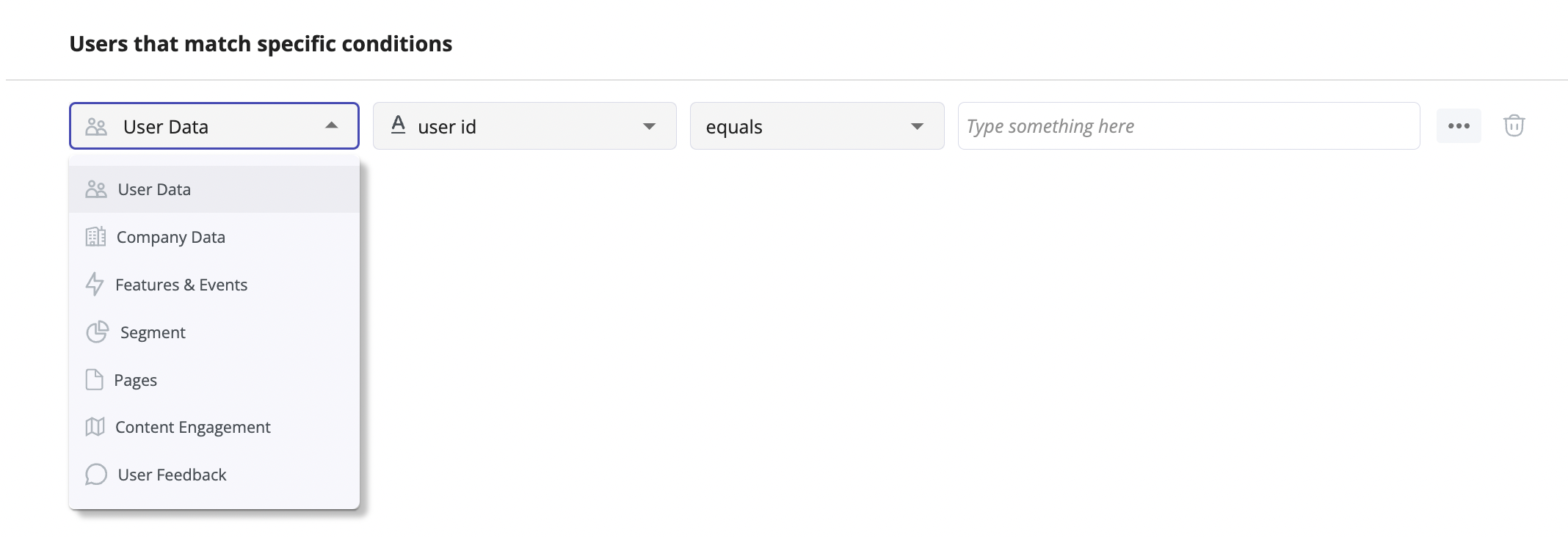
- Build relationships, not just transactions: View your customers as partners, not just buyers. Invest time in getting to know them and their needs beyond the immediate transaction. For example, if a customer reaches a product milestone, send them a personalized message to acknowledge it.
- Reward loyalty and encourage engagement: Loyalty programs are a powerful tool to incentivize repeat purchases and engagement. For instance, you can encourage loyal customers to leave reviews or refer friends in exchange for additional benefits.
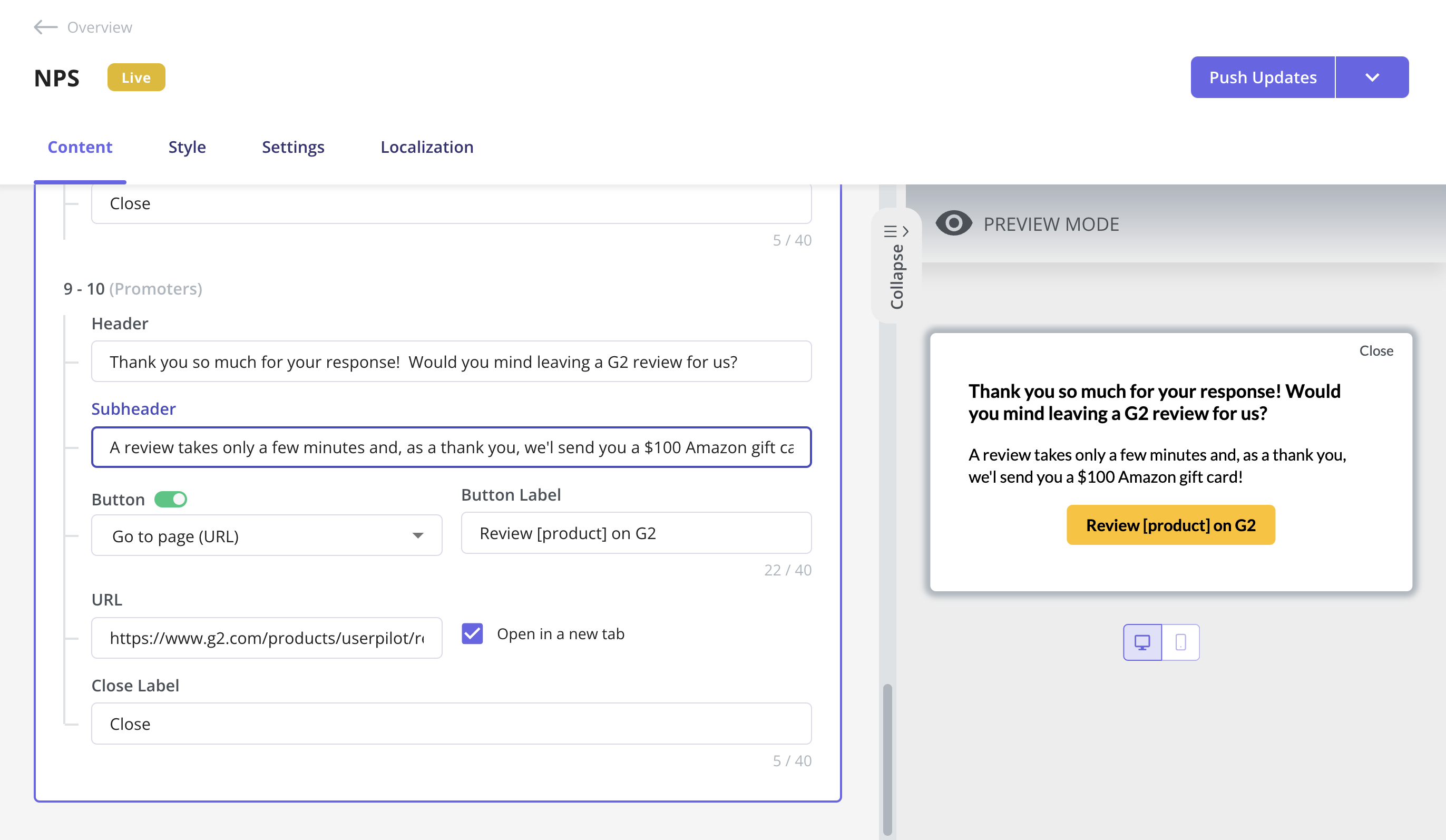
- Use data to drive decision-making: Don’t just rely on intuition. Track key metrics like customer churn rate, customer lifetime value (CLTV), and Net Promoter Score (NPS) to understand what’s working and what’s not. You can analyze customer feedback and behavior patterns to identify areas where you can improve your products, services, or customer experience.
- Embrace technology and automation: Utilize technology to streamline and enhance your customer retention efforts. Implement chatbots to provide instant customer support, automate email campaigns for personalized follow-ups, and offer self-service options like knowledge bases or FAQs to empower customers to find solutions on their own.
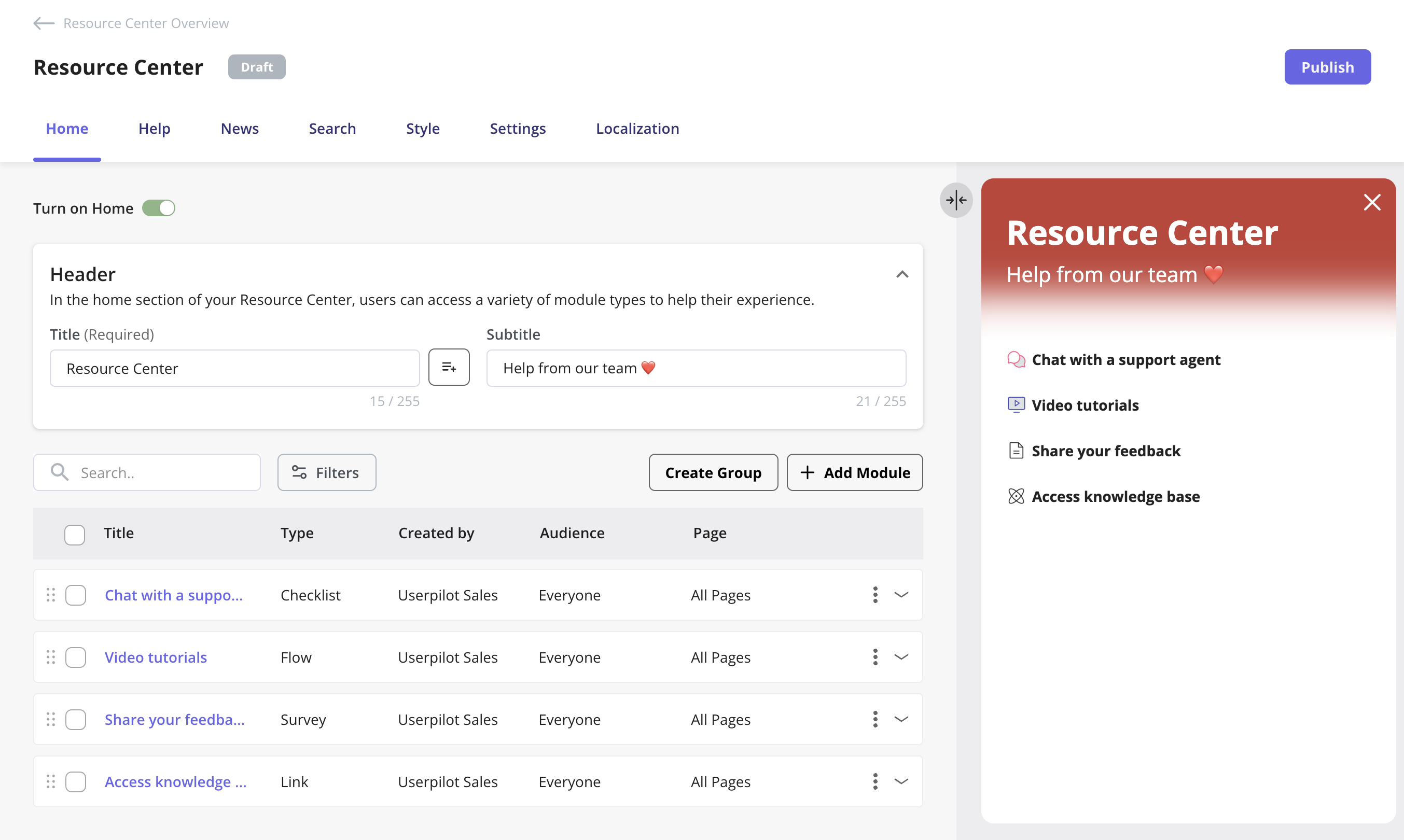
Retention manager FAQs
What is a retention role?
A retention role is any position within a company that focuses on keeping customers or employees engaged and happy, preventing them from leaving (churning) for competitors or other opportunities.
What is the role of a retention officer?
A retention officer is an entry-level or mid-level position within the retention field. Responsibilities may include:
- Data analysis: Assisting with identifying at-risk customers or employees through data analysis.
- Communication: Reaching out to at-risk customers or employees via phone, email, or chat to understand their concerns and potentially offer solutions.
- Program support: Helping implement and manage retention programs, such as loyalty programs or employee engagement initiatives.
- Reporting: Tracking and reporting on retention metrics (e.g., churn rate) to measure the effectiveness of retention efforts.
What does a retention program manager do?
A retention program manager is a more senior-level position responsible for developing, implementing, and managing the overall customer or employee retention strategy.
What does a retention supervisor do?
A retention supervisor is the team leader who coaches retention officers, sets goals, monitors performance, and escalates complex issues.
Conclusion
We hope this guide has provided you with valuable insights into the roles and responsibilities of retention managers.
By understanding the key responsibilities and skills required, you can make informed decisions and take meaningful steps in your career or recruitment journey.
Looking into tools for retention managers? Userpilot is an all-in-one product platform with engagement features and powerful analytics capabilities. Book a demo to see it in action!

